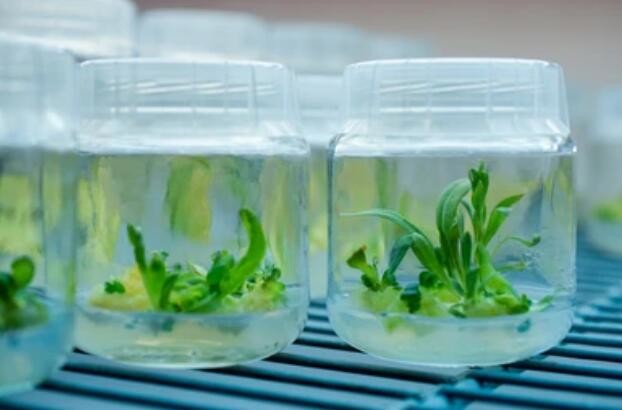CNVs Analysis of Tissue Culture Plants
Copy number variants (CNVs) are involved in disease onset and progression by affecting gene expression, altering gene product structure, and even generating new fusion genes. Lifeasible provides genome-wide analysis of CNVs and candidate CNVs, and we can provide you with the technical means to unravel the genetic basis of complex traits by combining CNVs with genome-wide association study (GWAS).
What are CNVs?
CNVs are copy number variants, also known as copy number polymorphism (CNP), which are variants in a DNA fragment ranging in size from 1 kb to 3 Mb and are widely distributed in human, animal, and plant genomes. It is widely distributed in human, animal, and plant genomes, and is mainly characterized by deletions or duplications at the submicroscopic level. CNVs are an important component of genomic structural variation (SV).

CNVs are important components of genomic structural variation (SV), which may be biologically important for species-specific genome composition, species evolution, and phylogeny, as well as for the expression and regulation of genes in certain specific regions of the genome. Therefore, CNVs have also been a hot spot of genomics research recently.
What We Offer
- Genome-wide CNVs analysis services
Genome-wide genotyping microarrays are commonly used to detect genetic variants associated with diseases and phenotypes, including CNVs. We offer microarray-based copy number analysis methods that enable you to perform reliable and efficient large-scale analyses. This allows you to process multiple samples on a single microarray for extensive detection of genomic structural variants, as well as accurately analyze chromosomal abnormalities such as amplifications, deletions, rearrangements, and copy-neutral heterozygous deletions.
You can choose from array-based comparative genomic hybridization (aCGH) services, SNP typing microarray services, and next-generation sequencing services.
|
CNVs detection results and statistics |
| CNVR whole genome mapping |
CNV region (CNVR) refers to the CNVs detected among different individuals with a part of an overlapping region, and the overlapping CNVs were integrated and combined into one CNVR. |
| Population genetic structure and genetic diversity |
| GWAS analysis based on CNVs |
Based on traits and CNV genotypes, multiple models were applied for GWAS analysis. After completing the GWAS analysis of different models, the distribution of actual Pvalue and theoretical Pvalue under different models was compared by QQ plot to determine the optimal analysis results. After obtaining the optimal model, multiple testing correction was performed to determine the significance threshold of the P-value, screen the significant regions, and screen the CNV-associated locus genes. After obtaining the candidate genes, functional annotation and enrichment analysis were performed. |
| Selective clearance and environmental adaptation locus mining (Vst analysis) |
Vst analysis is a metric similar to Fst, a statistic used to measure the magnitude of each CNVR difference between populations. The value of Vst ranges from 0-1, with larger values indicating greater differences in copy number variation in that region between populations, and vice versa. |
| Selective clearance and environmental adaptation locus mining (Bayescan analysis) |
Bayescan uses the method of Bayes and the empirical distribution of Fst to detect outlier markers and is generally applied in the selection analysis of comparative group variance loci with clear information about geographic and other subgroups. |
- Candidate CNV analysis services
If only individual CNVs in the genome are studied, then single molecule candidate CNVs assay is a better choice for you. This includes our fluorescence in situ hybridization, Southern blotting hybridization, fluorescence real-time quantitative PCR, multiplex ligation probe amplification, and multiplex gene copy number detection technology services.
Data Requirements
RNA-seq or SNP Array data.
Downstream Analysis
- Differential analysis of CNVs of genes in different experimental groups.
- GO and Pathway analysis of genes with CNVs differences.
- Survival analysis of CNVs.
Please feel free to contact us for more information about the CNVs analysis of tissue culture plants.
You want to sign a confidentiality agreement.
You have a specific plant species for your experimental needs.
You have a reliable and relevant cooperation project to discuss.
You are very interested in our project or have any questions.
You need an updated and detailed quotation.
For research or industrial use.



